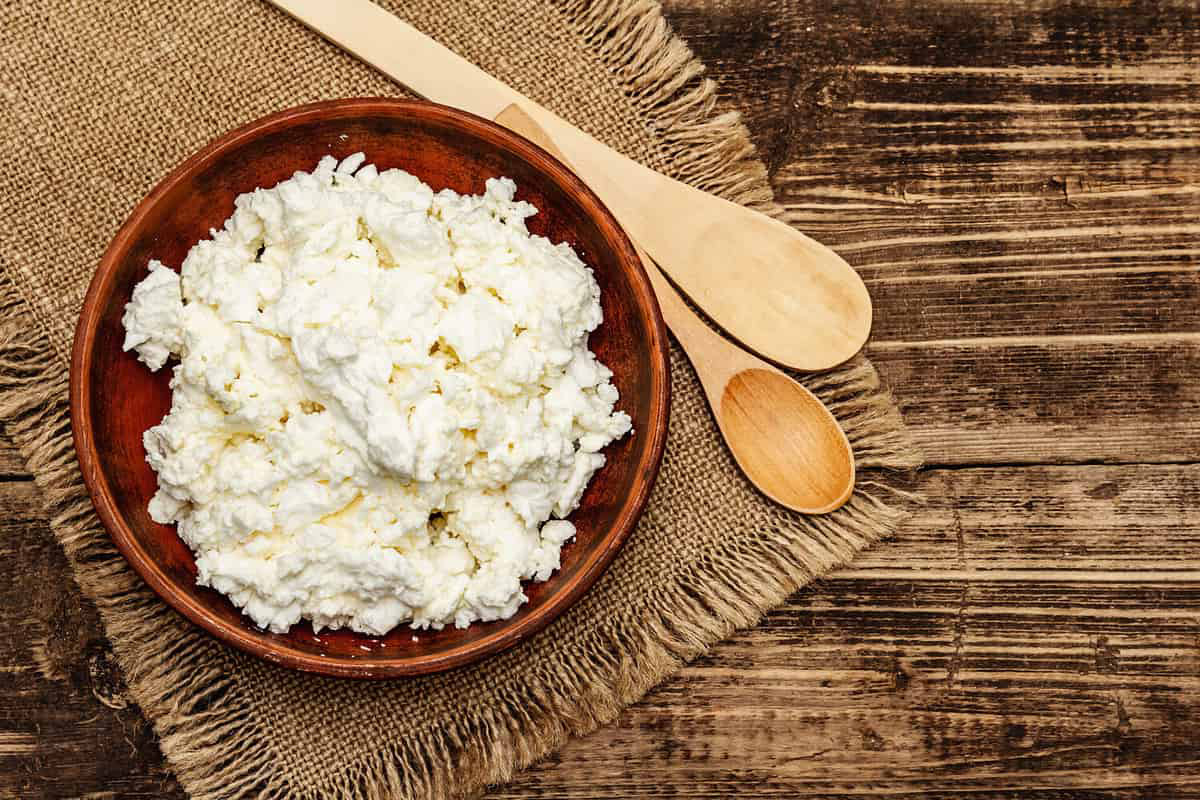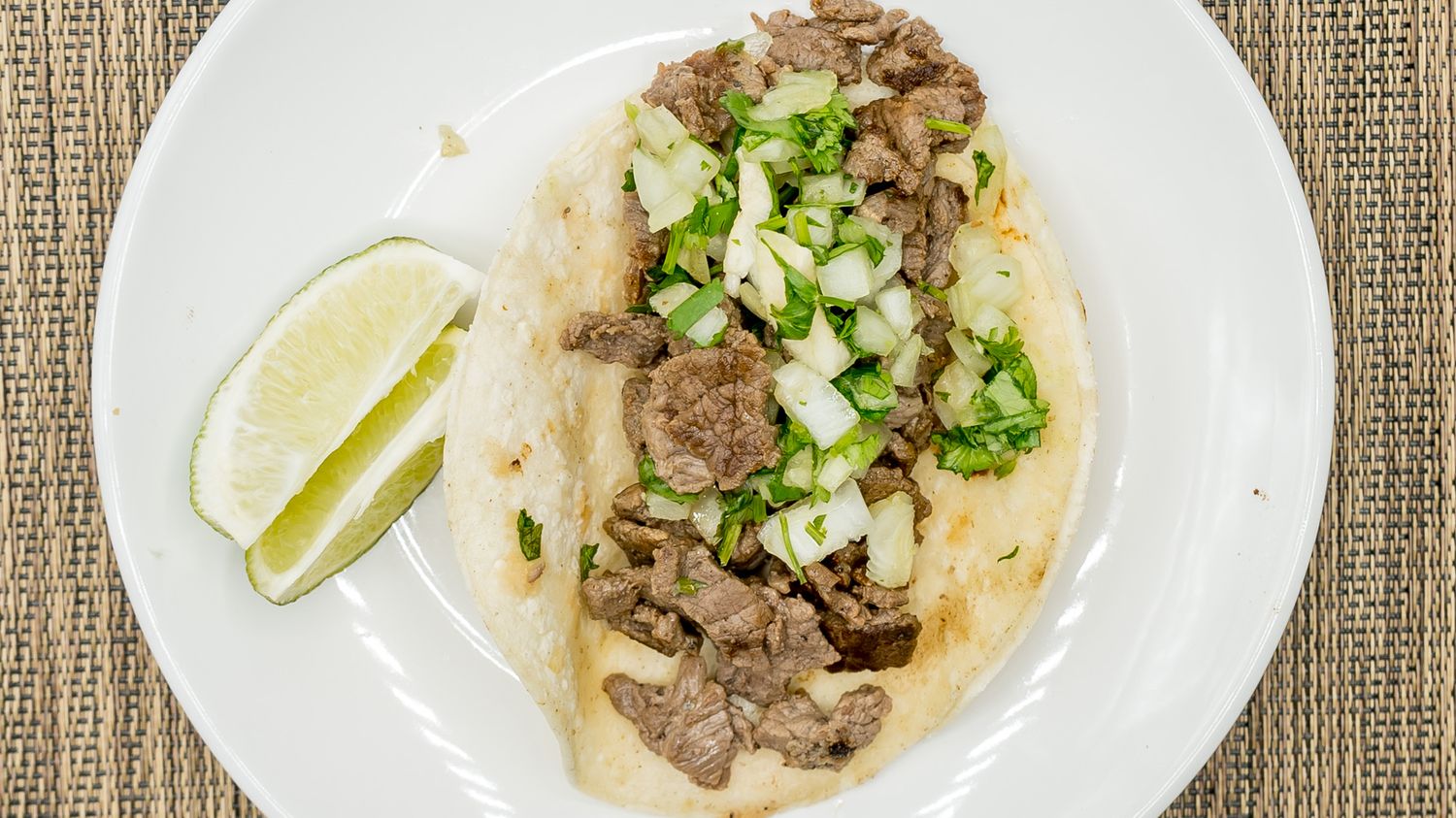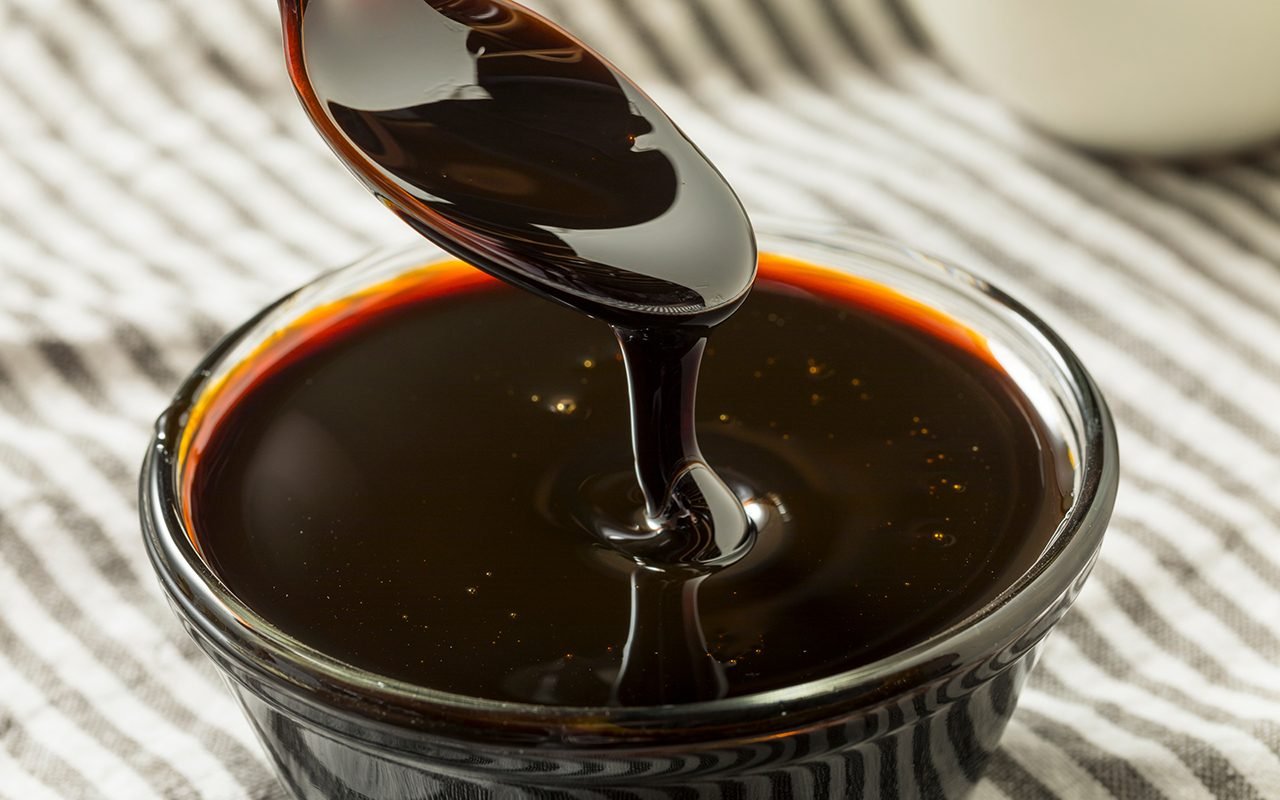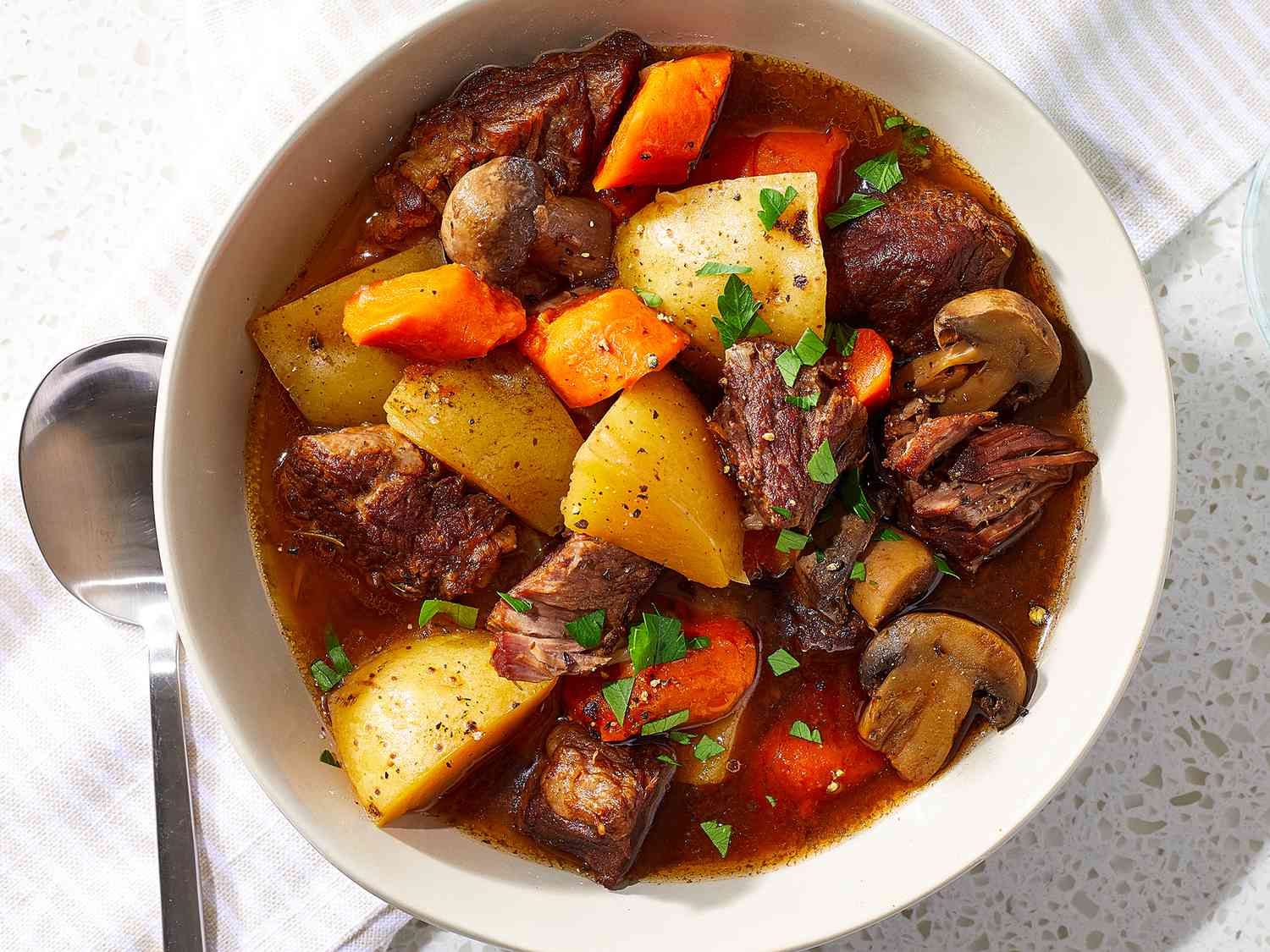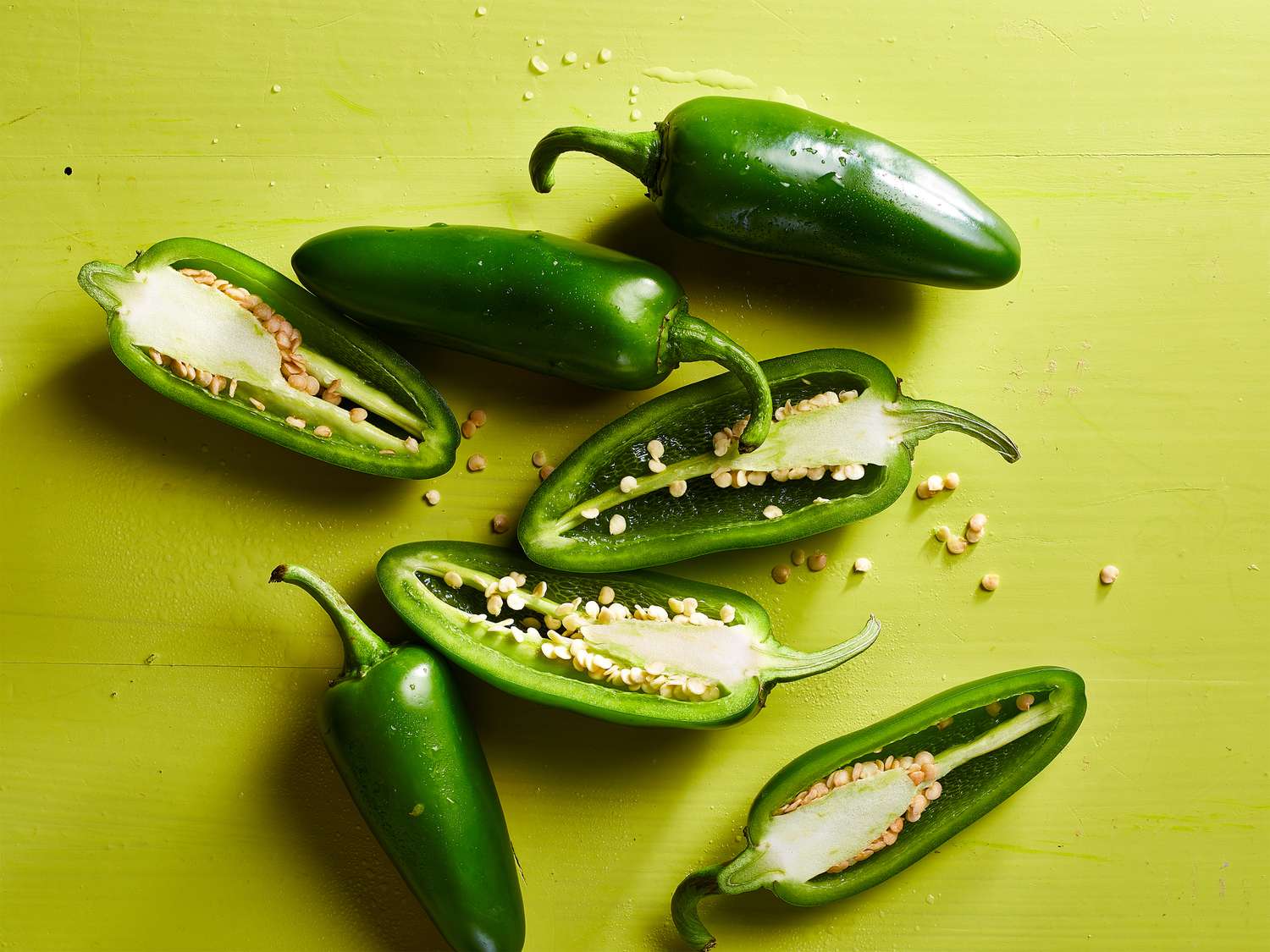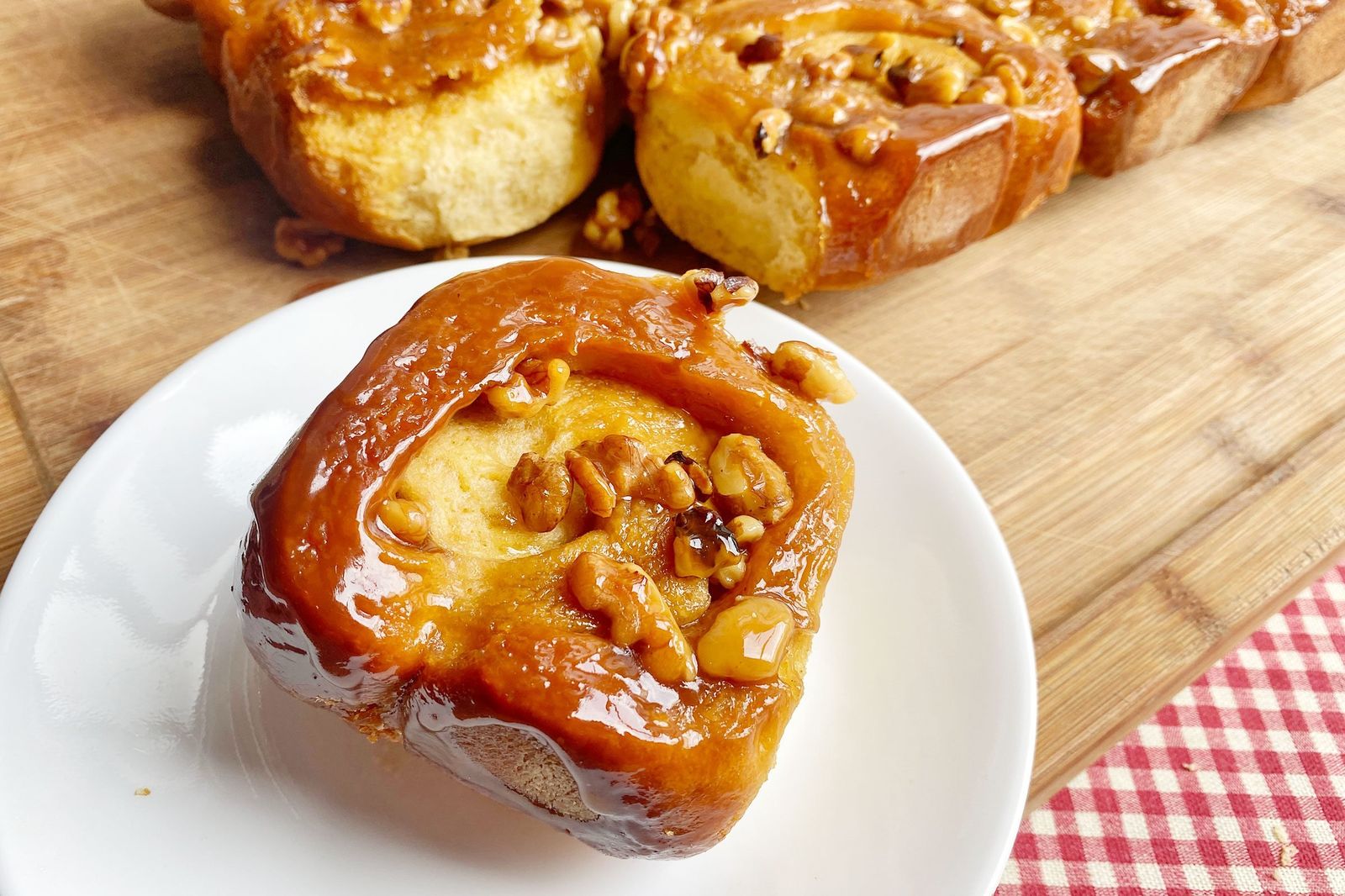Chinese Cuisine: Exploring the Delightful World of Kow
Chinese cuisine is renowned for its diverse and flavorful dishes, and one of the lesser-known but equally delicious ingredients used in Chinese cooking is kow. If you've ever wondered what kow is in Chinese food, you're in the right place. In this article, we'll delve into the world of kow and explore its significance in Chinese culinary traditions.
Understanding Kow in Chinese Cuisine
Kow is a term used in Chinese cuisine to refer to a type of grain, specifically rice. In Chinese, the term kow is often used to describe rice that has been hulled and is ready for consumption. It is an essential staple in Chinese cooking and is used in a wide variety of dishes, from stir-fries to steamed buns.
The Role of Kow in Chinese Cooking
In Chinese cuisine, kow serves as the foundation for many dishes and is a key source of carbohydrates in the Chinese diet. It is often steamed or boiled and served alongside flavorful meats, vegetables, and sauces. Additionally, kow is used to make a popular Chinese dish called congee, a type of rice porridge that is enjoyed as a breakfast food or comfort food.
Types of Kow in Chinese Cuisine
In Chinese cooking, there are several varieties of kow that are commonly used. These include:
-
Jasmine Rice: Known for its fragrant aroma and slightly sticky texture, jasmine rice is a popular type of kow used in Chinese cuisine. It pairs well with a wide range of dishes and is a staple in many Chinese households.
-
Glutinous Rice: Also referred to as sticky rice, glutinous rice is a type of kow that becomes sticky when cooked. It is often used to make sweet treats such as rice cakes and dumplings.
-
Brown Rice: A healthier alternative to white rice, brown rice is another type of kow that is enjoyed in Chinese cuisine. It has a nutty flavor and chewy texture, making it a popular choice for health-conscious individuals.
Incorporating Kow into Your Cooking
If you're interested in experimenting with kow in your own cooking, there are countless ways to incorporate it into your meals. Whether you're making a simple stir-fry or attempting a traditional Chinese recipe, kow can add depth and substance to your dishes. Consider trying the following:
-
Fried Rice: Use kow as the base for a delicious fried rice dish, incorporating your favorite meats, vegetables, and seasonings for a satisfying meal.
-
Rice Noodle Soup: Prepare a comforting bowl of rice noodle soup using kow as the main ingredient. Add broth, protein, and vegetables for a nourishing and flavorful dish.
-
Sticky Rice Desserts: Explore the world of Chinese desserts by using glutinous rice to create sweet treats such as sticky rice balls or mango sticky rice.
Conclusion
In Chinese cuisine, kow plays a vital role in creating a wide array of delicious and satisfying dishes. Whether you're enjoying a simple bowl of steamed rice or indulging in a complex stir-fry, kow is an essential component of Chinese cooking. By understanding the significance of kow and experimenting with different varieties, you can elevate your culinary skills and experience the rich flavors of Chinese cuisine. So, the next time you're exploring Chinese food, remember the importance of kow and savor every delightful bite.
Was this page helpful?
Read Next: What Is KFC

